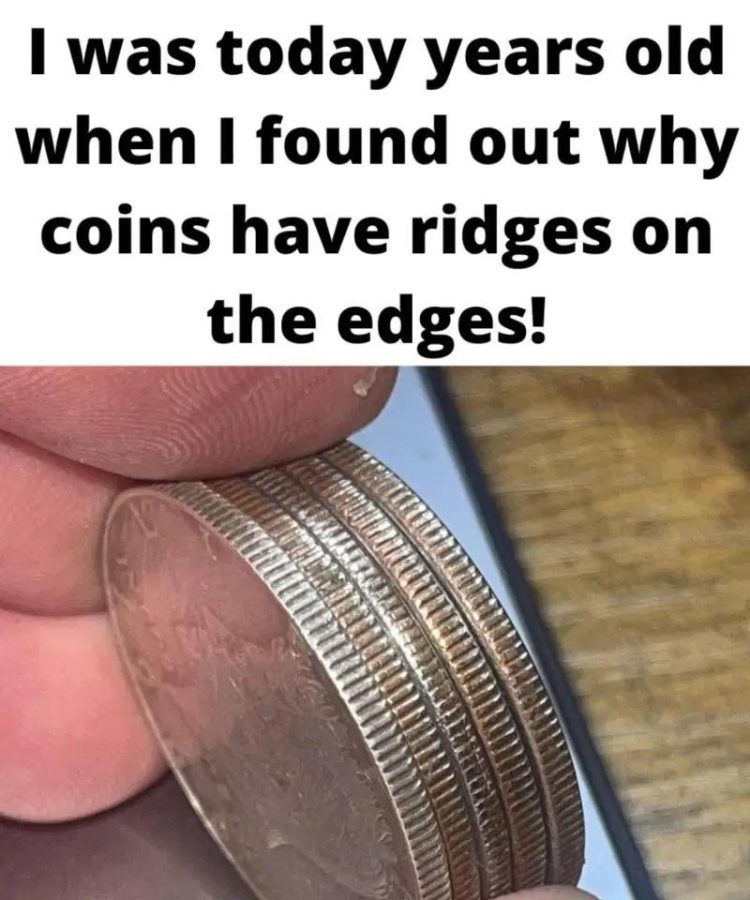Even today, reeding is part of a coin’s security profile.
Modern counterfeiters struggle to reproduce the exact number and depth of ridges
Vending machines and banks use sensors to “read” the edge — helping detect fakes
2. Accessibility for the Visually Impaired
- Ridges aren’t just for machines.
- They’re for people.
- For those who are blind or low-vision, texture matters.
- A smooth-edged penny or nickel feels different from a ridged dime or quarter
This helps users distinguish coins by touch — a design feature that’s both practical and inclusive
✅ This wasn’t prepared in the 1600s but it’s a beautiful modern benefit.
3. Consistency & Familiarity
We’re used to it.
We predict it.
Coins with ridges just feel like money. They sound different when they clink. They roll differently.
And in a world of digital payments, that tactile experience still matters.
Why Pennies & Nickels Are Smooth
You’ve spotted it:
Pennies and nickels → smooth edges
Dimes and quarters → ridged
Why?
Because of history — and value.
Pennies (copper) and nickels (copper-nickel) never consisted of precious metals
No silver = no incentive to clip
So no need for reeding
Even though today’s quarters and dimes are also copper-nickel, the U.S. Mint keeps the ridges for: Tradition, Security and Tactile distinction
✅ Fun fact: Half dollars still have ridges — but most people never watch them.
